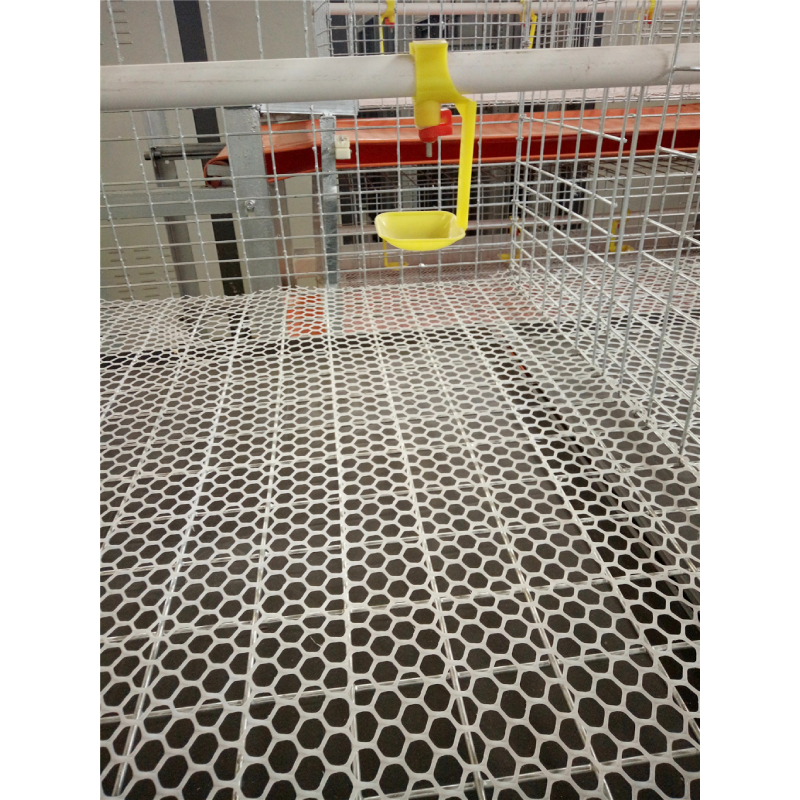Floating Feed Production Equipment for Aquatic Animal Nutrition
Aug . 21, 2024 10:31 Back to list
Floating Feed Production Equipment for Aquatic Animal Nutrition
The Floating Feed Making Machine Revolutionizing Aquaculture
In recent years, the demand for high-quality aquatic feed has surged, driven by the expansion of aquaculture around the globe. As fish farming continues to grow, so too does the need for innovative solutions in creating nutritious feed. One such solution is the floating feed making machine, a pivotal technology that is transforming the feeding practices within the aquaculture industry.
Understanding Floating Feed
Floating feed, as the name suggests, is a type of feed that remains on the water's surface rather than sinking. This characteristic is crucial for certain fish species that feed near the surface, making it easier for farmers to optimize feeding practices and reduce waste. Unlike sinking feed, which may go unnoticed by fish and lead to nutrient loss, floating pellets allow for better visibility and accessibility, ensuring that target species receive the nutrients they need.
The Role of Floating Feed Making Machines
Floating feed making machines are designed to produce high-quality feed pellets that not only meet the dietary requirements of various fish species but also maintain their buoyancy. These machines utilize advanced technology to mix ingredients such as fish meal, grains, vitamins, and minerals to create a balanced diet. The process typically involves several stages, including grinding, mixing, extruding, and drying.
1. Grinding and Mixing The first step involves grinding raw materials into fine particles. This is crucial as it facilitates uniform mixing. The floating feed making machine uses a high-quality grinder to ensure the consistency of the feed ingredients, which can include cereals, protein sources, and other additives.
2. Extruding The mixture then undergoes an extrusion process, where it is subjected to heat and pressure. This phase not only helps to improve the digestibility of the feed but also allows for the creation of unique shapes and sizes of pellets that cater to various fish species. The extrusion process is vital for producing floating pellets as it helps create a texture that permits buoyancy.
3. Drying and Cooling After extrusion, the feed pellets are dried to reduce moisture content, which is crucial for shelf life and preventing spoilage. The drying process is followed by cooling, ensuring that the pellets maintain their shape and quality.
floating feed making machine

Advantages of Using Floating Feed Making Machines
The use of floating feed making machines brings several advantages to aquaculture operators
- Customization Farmers can customize the composition of the feed according to the specific nutritional needs of their fish, allowing for better growth rates and overall health.
- Reduced Feed Waste By producing feed that floats, farmers can reduce feed waste significantly. Fish are more likely to consume floating pellets, minimizing loss due to uneaten feed sinking to the bottom.
- Increased Profitability With better feed efficiency and lower waste, aquaculture businesses can enhance their profitability. Properly formulated feed leads to faster growth rates and healthier fish, which in turn results in higher market prices.
- Sustainability The ability to formulate feed using sustainable ingredients is becoming increasingly important. Floating feed making machines can accommodate alternative protein sources, thus reducing pressure on traditional fishmeal supplies.
Conclusion
As aquaculture continues to play a vital role in global food security, innovations such as floating feed making machines will be essential to meet the demands of farmers and consumers alike. With their ability to produce high-quality, customized floating feed, these machines represent a significant advancement in aquaculture technology. By improving feed efficiency and sustainability, floating feed making machines not only support the aquaculture industry but also contribute to the healthy and responsible farming of aquatic species worldwide.
-
Automatic Feeding Line System-Pan Feeder Nipple Drinker|Anping County Yize Metal Products Co., Ltd.
NewsJul.29,2025
-
Hot Sale 24 & 18 Door Rabbit Cages - Premium Breeding Solutions
NewsJul.25,2025
-
Automatic Feeding Line System Pan Feeder Nipple Drinker - Anping County Yize Metal Products Co., Ltd.
NewsJul.21,2025
-
Automatic Feeding Line System Pan Feeder Nipple Drinker - Anping County Yize Metal Products Co., Ltd.
NewsJul.21,2025
-
Automatic Feeding Line System - Anping Yize | Precision & Nipple
NewsJul.21,2025
-
Automatic Feeding Line System - Anping Yize | Precision & Nipple
NewsJul.21,2025






